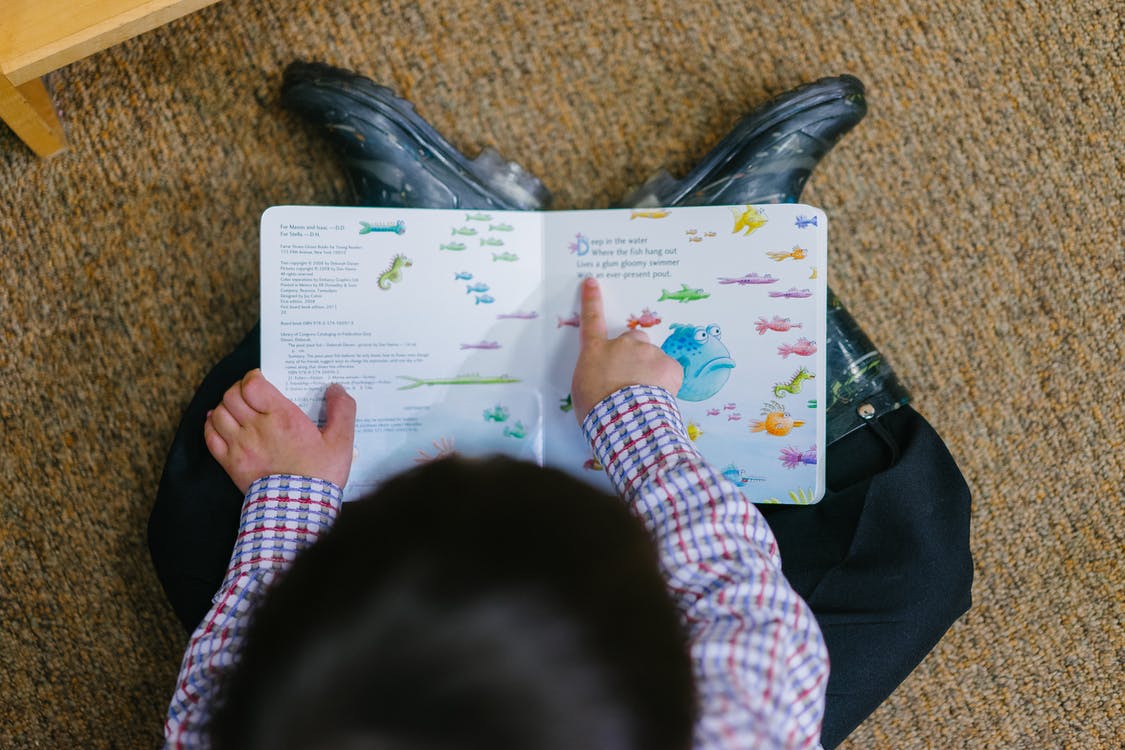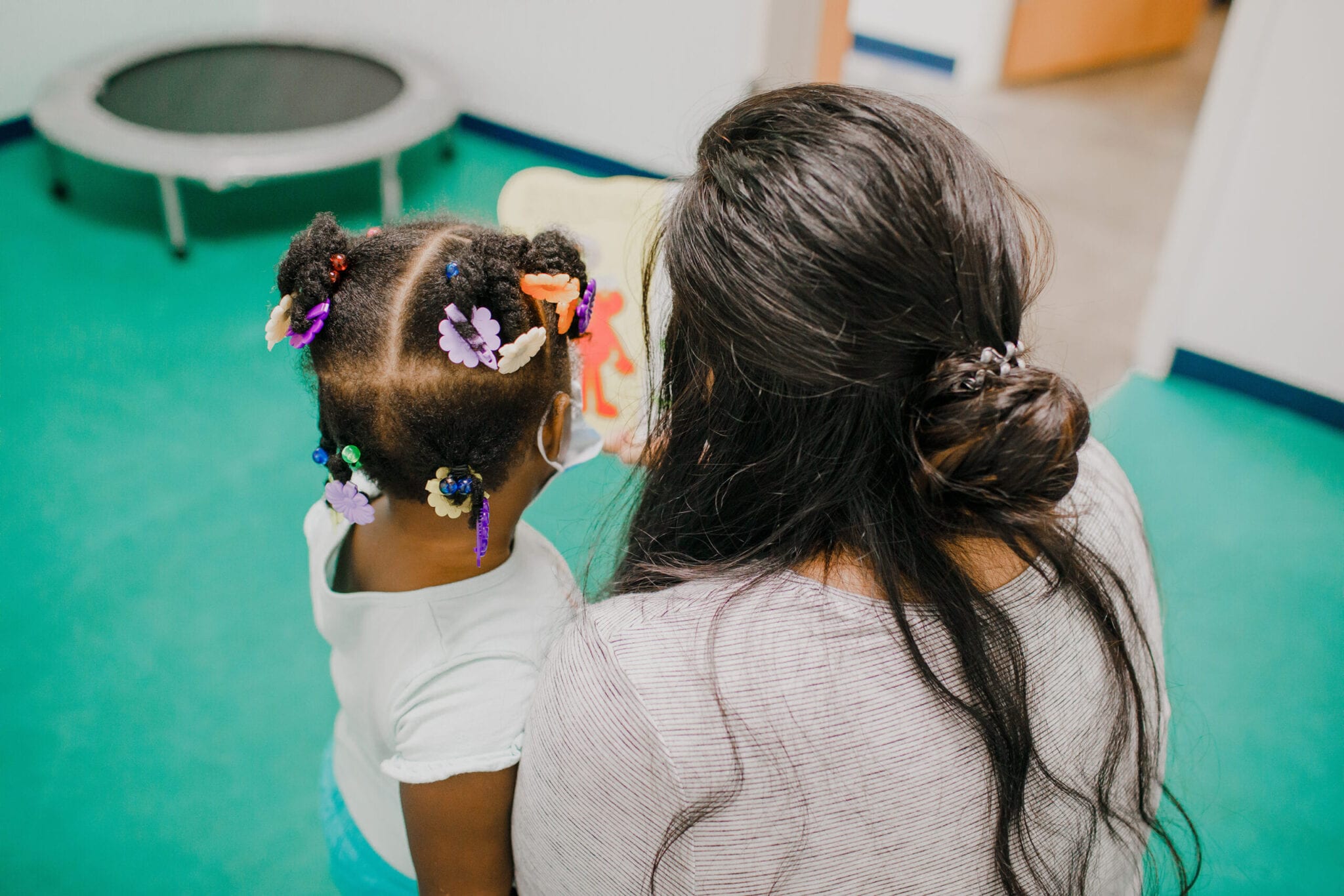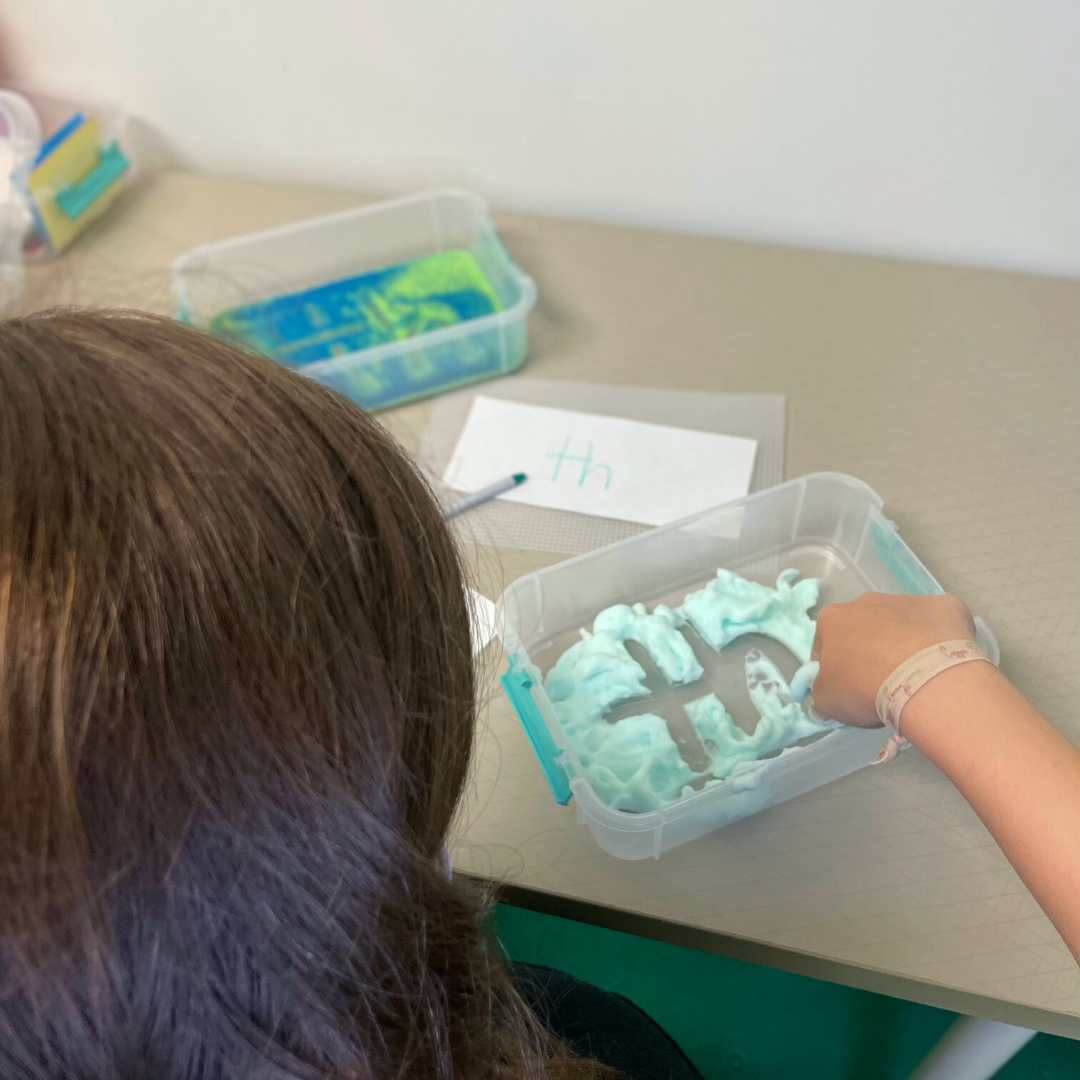As caregivers, there are many questions that tumble around our brains at all hours of the day or night. They can consume us, keep us up at night, send us down weird internet rabbit holes. We know. We have been there too. But if one of the questions you are asking yourself is “Does my child need reading services?” then this is the blog post for you! In this post you will find just a few of the signs or “red flags” that indicate your child might need additional reading support. And, if, at the end of this post you think “Yes they do!” or “I’m still not sure…” then click on the buttons below. You can schedule a free consultation with our Orton-Gillingham trained therapist and get more answers!
“Red Flags” for Early Reading Development
- Trouble rhyming
- Trouble clapping syllables
- Trouble determining what sound a word starts with
- Trouble blending together sounds to make a word
- Trouble remembering letters and their sounds
- Avoids reading

Reasons You May Be Seeking Reading Support
- Your child dislikes reading and avoids it
- Your child has trouble recognizing sight words
- Your child has difficulty sounding out and blending new and familiar words
- Your child has difficulty segmenting and spelling new and familiar words
- Your child has difficulty understanding and participating in sound games that include rhyming, alliteration, and syllable clapping
- Your child has difficulty answering comprehension questions about an oral or written passage
- Your child sounds stilted with little variation in their intonation

Why choose a reading tutor who is also a Speech-Language Pathologist?
Speech-Language Pathologists have extensive knowledge of and experience treating many other challenges related to development of reading accuracy, fluency, and comprehension, including:
-
- Language and its subsystems, including phonology, morphology, syntax, semantics, and pragmatics
- Phonological Awareness, such as rhyming, alliteration, blending, and segmenting
- Speech-Sound Disorders
- Higher-order thinking skills
Reading disorder also frequently co-occurs with other neurodevelopmental disorders, including Attention Deficit Hyperactivity Disorder (ADHD), Autism Spectrum Disorder (ASD), anxiety and depressive disorders, and conduct disorders. Speech-Language Pathologists have received extensive training in working with individuals with a range of needs and comorbidities.
ASHA’s Ad Hoc Committee on Reading and Written Language Disorders states that connections between spoken and written language are:
- Well established in that spoken language provides the foundation for the development of reading and writing
- Spoken and written language have a reciprocal relationship, such that each builds on the other to result in general language competence, starting early and continuing through childhood into adulthood
- Children with spoken language problems frequently have difficulty learning to read and write, and children with reading and writing problems frequently have difficulty with spoken language
- Instruction in spoken language can result in growth in written language
- Instruction in written language can result in growth in spoken language.
What Does a Typical Reading Session Look Like?
- Each session will start with visual and auditory/kinesthetic drill of previously taught concepts in order to support memory and automaticity
- Then, your child will be taught a new concept and practice knowledge and application via personalized multi-sensory experiences, reading, and spelling activities.
- When your child starts reading sessions, they will be provided with a take-home folder and “tool kit” to assist with daily at-home practice. You will be provided with a script and list of tips for supporting your child.

Additional Resources:
“Comorbidities between Reading Disorders and Other Developmental Disorders”
“Recognizing Psychiatric Comorbidity with Reading Disorders”
Blog Post by Laura Strenk, MS, CCC-SLP

0 Comments